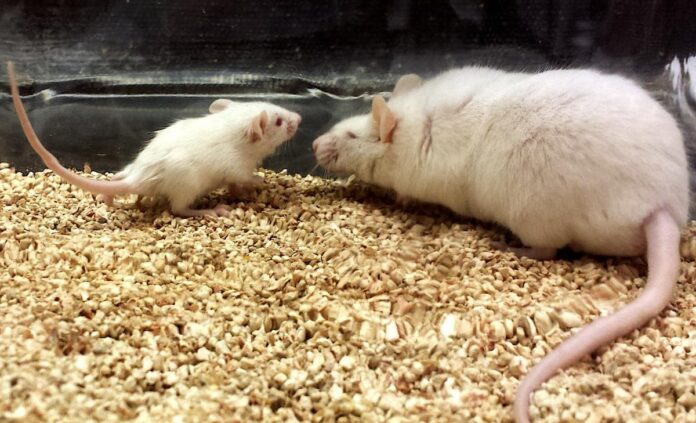Scientists have extended the lives of old mice by connecting their blood vessels to those of young mice, an advance that may lead to new therapies for rejuvenating the body in older individuals. The process of surgically joining the circulatory systems of a young and old mouse can slow ageing at the cellular level and lengthen the lifespan of the older animal by up to 10 per cent, found researchers, including those from Duke University Medical Center in the US. The findings, published recently in the journal Nature Aging , suggest that the young may benefit from a cocktail of components and chemicals in their blood that contributes to vitality. Scientists said these factors could potentially be isolated as therapies for speed healing, to rejuvenate the body and add years to an older individual’s life. ‘This is the first evidence that the process, called heterochronic parabiosis, can slow the pace of aging, which is coupled with the extension in lifespan and health,’ study senior author James White from the Duke University School of Medicine said. The study sought to determine whether the benefits of heterochronic parabiosis – performed by surgically fusing two animals of different ages to enable a shared circulatory system – were fleeting or more long-lasting. Previous studies had documented the anti-ageing benefits in tissues and cells of the older mice after three weeks of parabiosis. This earlier research showed older mice became more active and their tissue showed evidence of rejuvenation after the process. ‘Our thought was, if we see these anti-aging effects in three weeks of parabiosis, what happens if you bring that out to 12 weeks. That’s about 10 per cent of a mouse’s lifespan of three years,’ Dr White said. The young mouse in the study was aged four months and the older mouse was two years of age. Scientists found that in the follow-up, during a two-month detachment period, the older animals exhibited improved physiological abilities and lived 10 per cent longer than animals that had not undergone the procedure. Researchers found the rejuvenation effect persisted even after two months of detachment and also observed that the longer the animals shared circulation, the longer the anti-ageing benefits lasted once the two were no longer connected. At the cellular level too, the parabiosis process appeared to drastically reduce the chemical signatures of blood’s age as well as that of liver tissue. Researchers also found gene expression changes opposite to ageing, but akin to several lifespan-extending interventions like calorie restriction. However, scientists caution that pairing humans using the parabiosis process is not only impractical, but also unethical since it would mean pairing a 50-year-old with an 18-year-old for about eight years. They said other anti-ageing strategies, such as calorie restriction, work better to extend longevity in mice . ‘Our work points to a need to explore what factors in the circulation of youthful blood cause this anti-aging phenomenon,’ Dr White explained. ‘The elements that are driving this are what’s important, and they are not yet known. Are they proteins or metabolites? Is it new cells that the young mouse is providing, or does the young mouse simply buffer the old, pro-aging blood? This is what we hope to learn next,’ he said.
Scientists extend mice lives by connecting their blood to young ones
Sourceindependent.co.uk
RELATED ARTICLES


